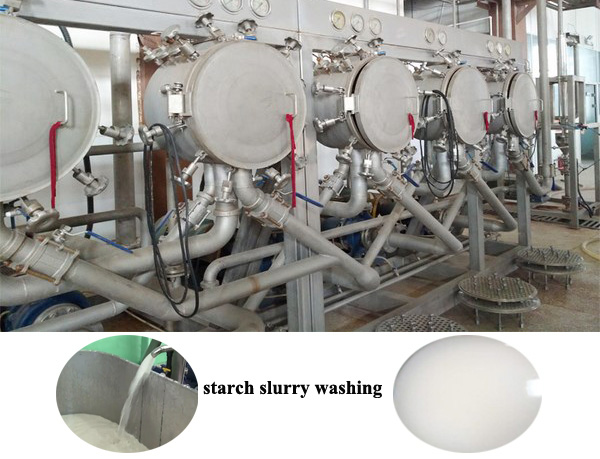enumerate eight resources in the production of cassava
Release Time:2019-05-23 11:58Author:sd888Source:https://www.cndamachines.com/
Any questions about the product can be communicated with us at any time!
enumerate eight resources in the production of cassava-cassava production and processing in nigeria pdf-tapioca processing plant price
Fresh tubers are processed during season and dry chips during the off-season in some countries. Extraction of starch from fresh cassava roots (Fig. 1) can be divided into five main stages: preparation (peeling and washing), rasping/pulping/grating, purification (starch washing), dewatering and drying, and finishing (milling and packaging).

For cassava, the process of starch extraction is relatively simple as there are only small amounts of secondary substances, such as protein, in the roots. When cassava roots are harvested or selected for starch extraction, age and root quality are critical factors. Cassava roots need to be processed almost immediately after harvest, as the roots are highly perishable and enzymatic processes accelerate deterioration within 1-2 days. A first-rate quality starch can be obtained from cassava using only water, and this makes the processing of cassava starch and flour particularly suitable for developing countries and rural industries.
Advantages of cassava starch
Cassava has many advantages for starch production.
High level of purity.
Excellent thickening characteristics.
A neutral (bland) taste.
Desirable textural characteristics.
A relatively cheap source of raw material containing a high concentration of starch (dry-matter basis) that can equal or surpass the properties offered by other starches (maize, wheat, sweetpotato, and rice).
Cassava starch:
is easy to extract using a simple process (when compared to other starches) that can be carried out on a small-scale with limited capital.
is often preferred in adhesive production as the adhesives are more viscous, work more smoothly, and provide stable glues of neutral pH
has clear paste.
The development of both the food and non food uses of cassava starch has made much progress and continues to have a bright future. Both old and important new products, such as modified starches, starch sugars, starch-based plastics and fuel alcohol, are reviewed briefly.
Native starches
Starch can be classified into two types: native and modified. Native starches are produced through the separation of naturally occurring starch from either grain or root crops, such as cassava, maize, and sweetpotato, and can be used directly in producing certain foods, such as noodles. The raw starches produced still retain the original structure and characteristics and are called “native starches”. Native starch is the basic starch product that is marketed in the dry powder form under different grades for food, and as pharmaceutical, human, and industrial raw material. Native starch has different functional properties depending on the crop source, and specific types of starch are preferred for certain applications. Native starch can be considered a primary resource that can be processed into a range of starch products.
Native starches have limited usage, mainly in the food industry, because they lack certain desired functional properties. The native starch granules hydrate easily when heated in water, they swell and gelatinize; the viscosity increases to a peak value, followed by a rapid decrease, yielding weak-boiled, stringy, and cohesive pastes of poor stability and poor tolerance to acidity, with low resistance to shear pressure, as commonly employed in modern food processing.


